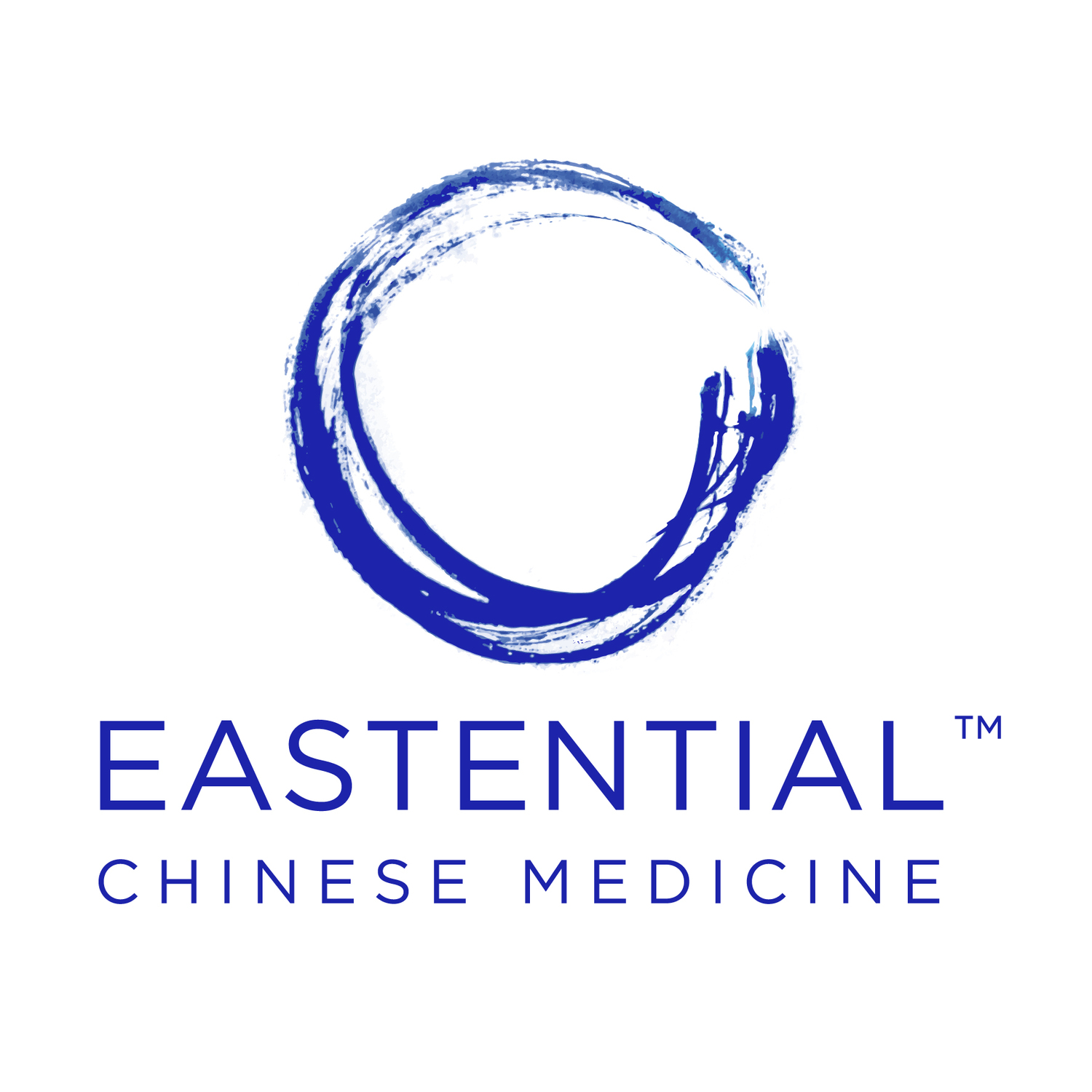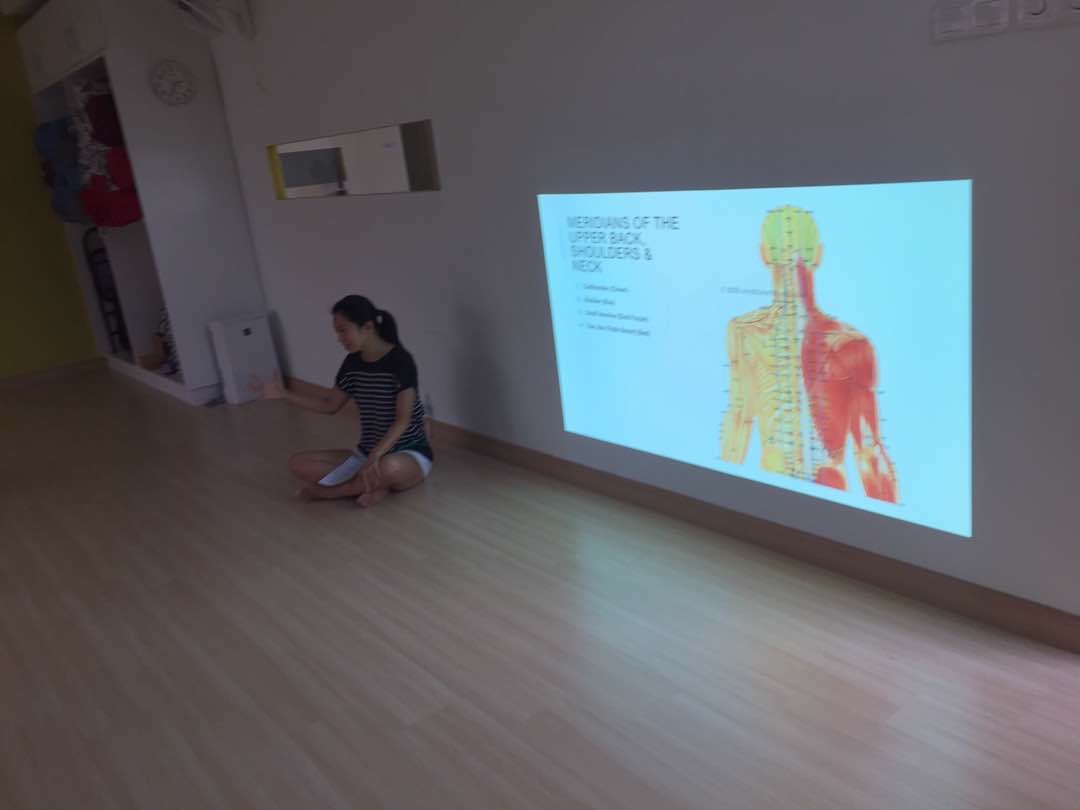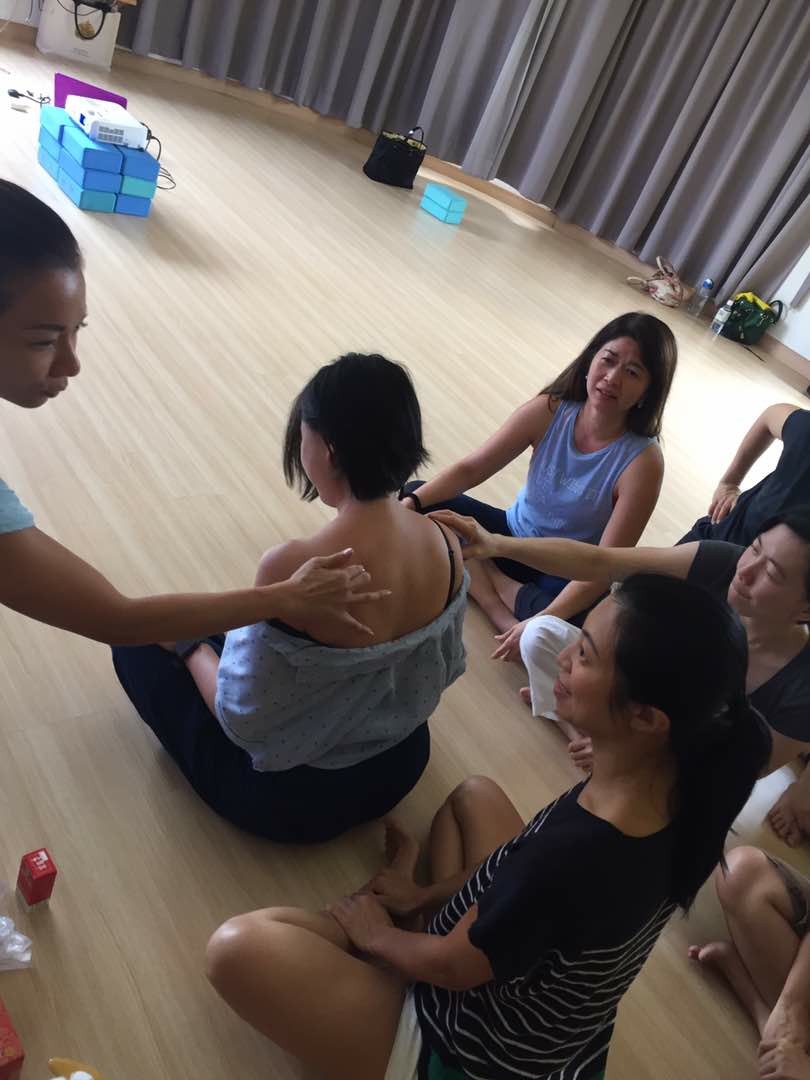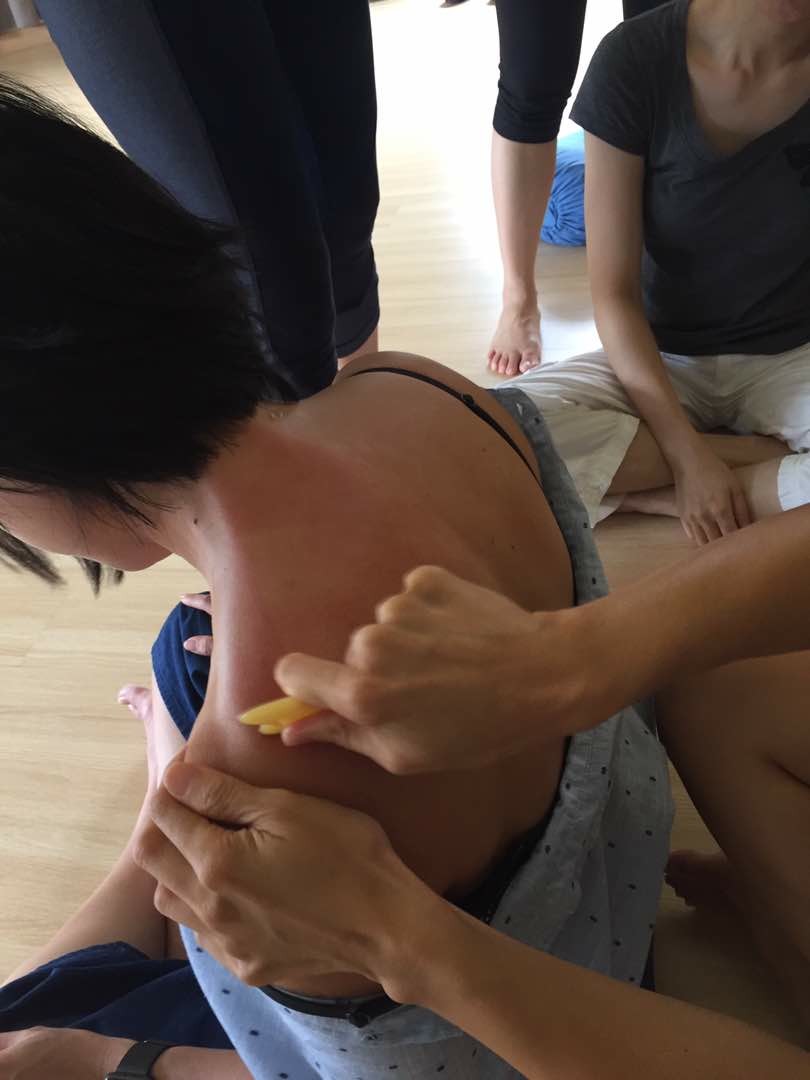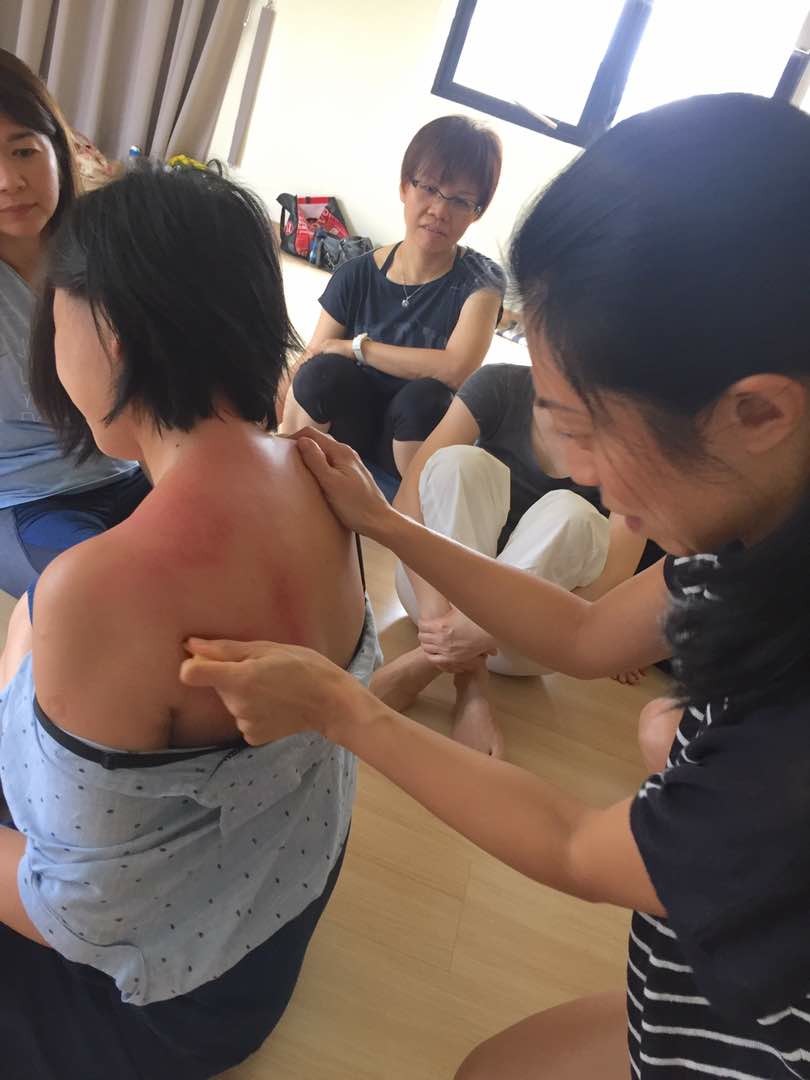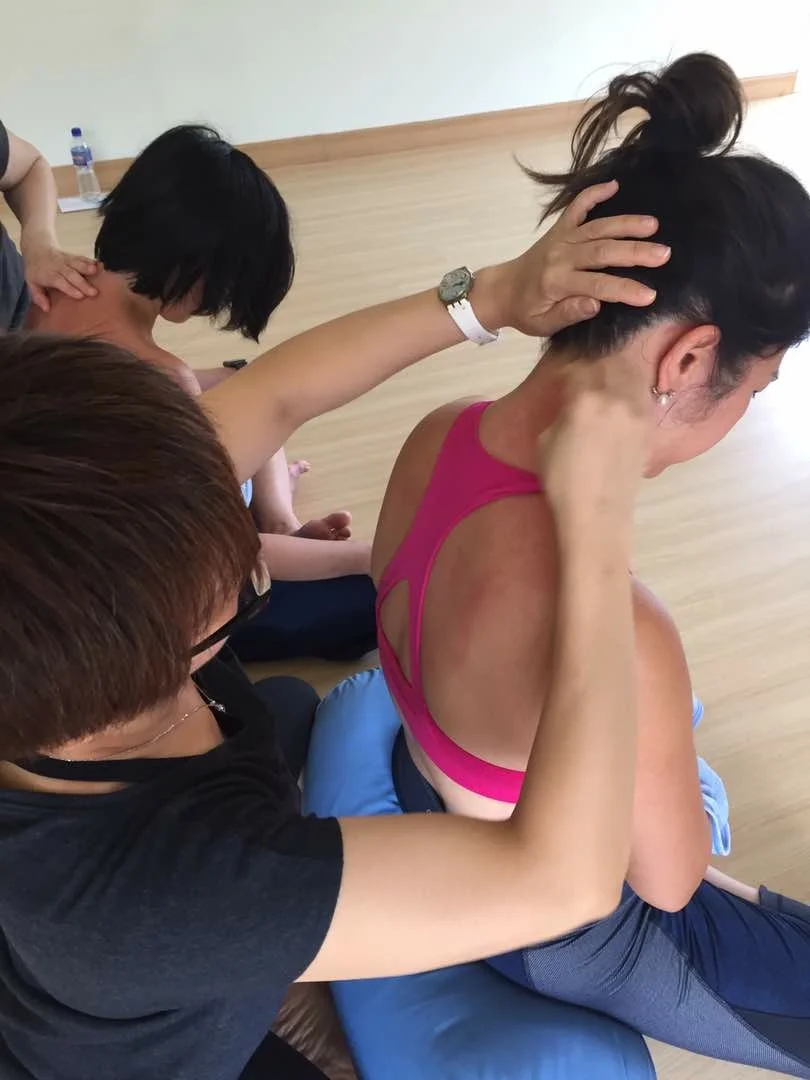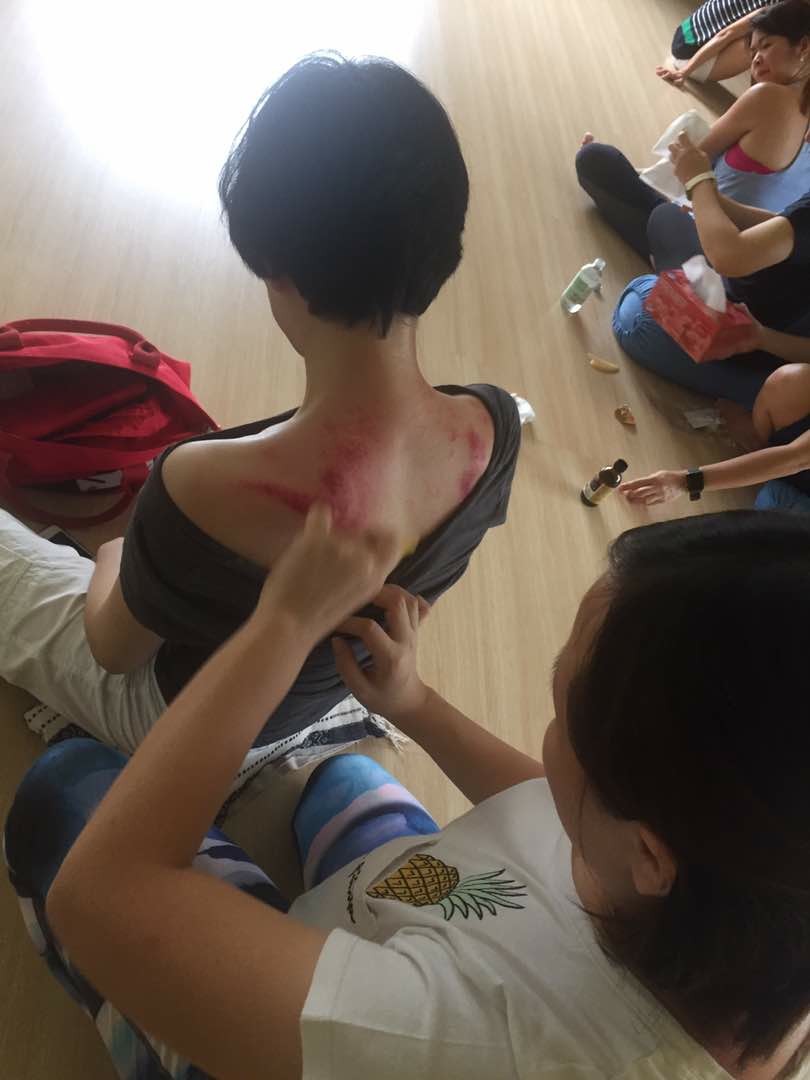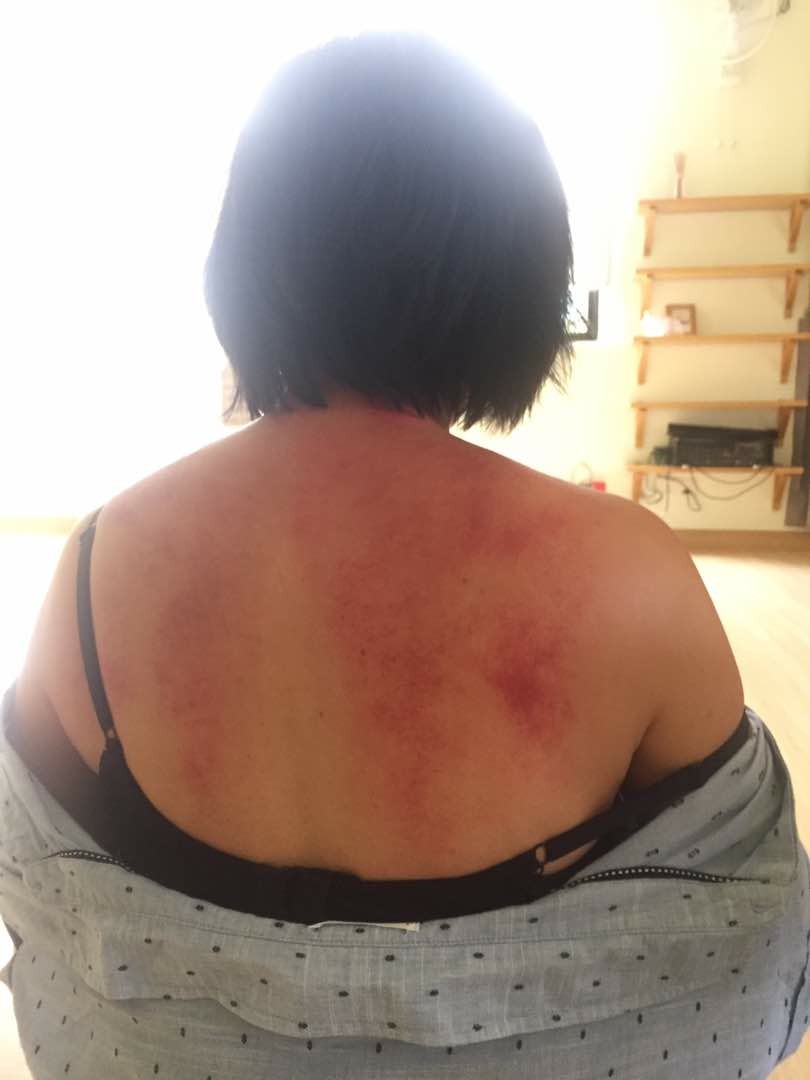In Chinese medicine, the season of summer signifies expansion, growth, activity and creativity. It is ruled by the Fire element and governed by Heart.
Summer is considered the most Yang time of the year, meaning there is an increase in outdoor activities, our energy moves upward and outward and, the Spirit feels light and joyful. Summer days are about creating joy and laughter with family and friends, soaking in longer daylight to enjoy al fresco dinning or a nice walk in the park after work and, spending a relaxing weekend on the beach or exploring nature. On the contrary, summer can also cause damage and harm. Continuous days of high temperature and sweltering heat can cause heat-strokes and sleepless nights, taking a toll on the body and mind. And the potential of bush fires that threaten wildlife and people living in areas prone to it.
In Chinese medicine, a person’s constitution is governed by both Yin and Yang. Some will tend towards more one or the other or some will have a good balance of both. A person with a Cold constitution (constant cold hands and feet, takes a long time to warm up, dislikes winter), is more Yin in nature. They are the ones that look forward to summer and gravitate towards heat the most, which is Yang in nature. On the other end of the spectrum, a person with a Heat constitution (loves winter, feels the heat instantly, dislikes heat), is more Yang in nature and tends to struggle in summer. They will find the summer heat unpleasant, there will be lack of interest to participate in outdoor activities and have a preference to stay indoor to avoid the heat.
The Heart, the Organ that belongs to the summer season stores the Spirit (Shen). According to Chinese medicine, the Heart is responsible for ‘appropriate behaviour, timely interactions, being respectful, helpful and thoughtful’ (Kaptchuk, T., (2000). The Wed That Has No Weaver, p.88). As the Heart is ruled by the Fire element, it can be easily agitated by heat, generating Heart-Heat resulting in insomnia, anxiety, inappropriate or bizarre behaviour. Joy is the emotion of the Heart. Enjoying summer festivals with abundance of alcohol and food, laughter and gatherings can increase joy to the Heart. However, too much joy can also damage the Heart especially when we overdo it with without having sufficient rest and recovery in between activities. In Chinese medicine, we always advocate moderation and balance to generate a harmony between Yin and Yang, rest and activities and, excitement and calmness in the body and mind.
The warmer months provide us with produce that are vibrant in taste and colour and are cooling in temperature. Eating with the season is important as nature has a way of providing what is essential for the body to function during the season. Lighter meals are appropriate and suitable for the summer season and, prepared and cooked using simple and fresh produce. Food such as meat, eggs, and excesses of nuts, seeds and grains should be reduced in consumption to avoid sluggishness. Bitter, the flavour of summer is recommended to be consumed in small amount to cool the intensity of Fire/Heat in the body and, to nourish and settle the Heart (Spirit) during the warmer months.
Bitter foods:
Bitter - alfalfa, bitter melon, romaine lettuce, rye
Bitter & pungent - citrus peel, radish leaf, spring onion, turnip, white pepper
Bitter & sweet - amaranth, asparagus, celery, lettuce, papaya ,quinoa
Bitter & sour - vinegar
Summer nourishing foods includes:
Grains & seeds - amaranth, rice, quinoa, lotus seed, pearl barley
Beans - mung beans, bean sprouts
Vegetables - cucumber, asparagus, bamboo shoots, bok choy, broccoli, Chinese cabbage, corn, mushrooms, snow peas, spinach, summer squash, watercress, seaweed, romaine lettuce, celery, lettuce, bitter melon, scallion, radish leaf, wax gourd, lotus root
Fruit - apricot, cantaloupe, rock melon, watermelon, strawberries, nectarines, mango, peach, lemon, papaya, tomato
Protein - fish, prawns, crab, mussels, octopus, scallops, pork, chicken, tofu
Species - mint, coriander, dill, anise, basil
